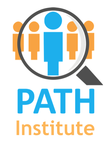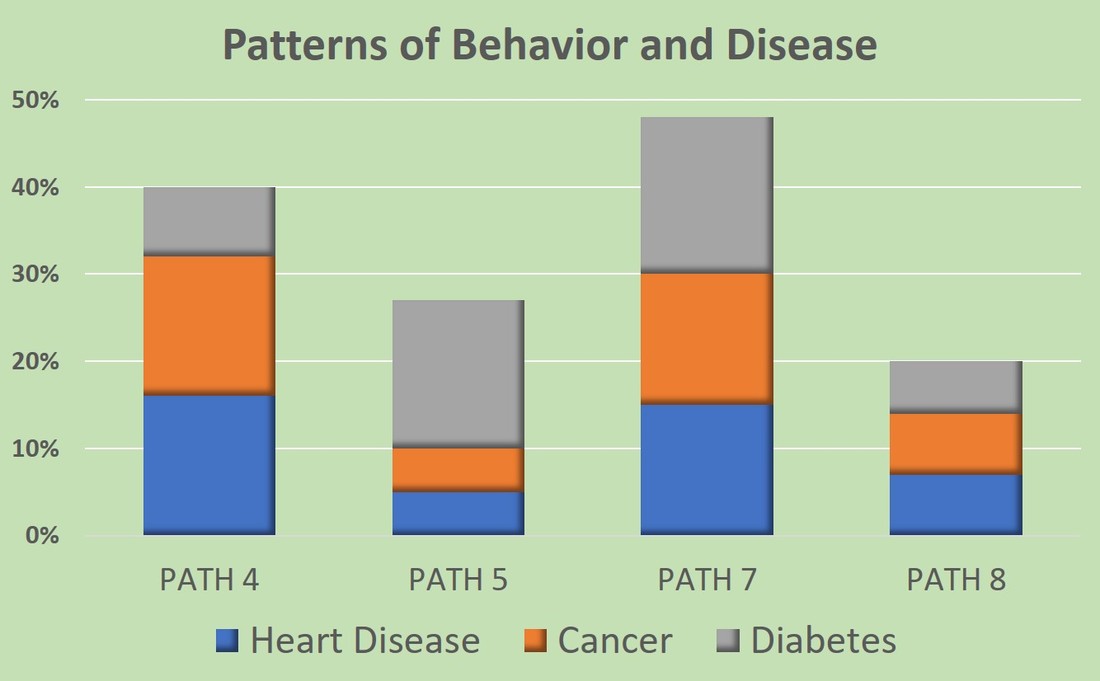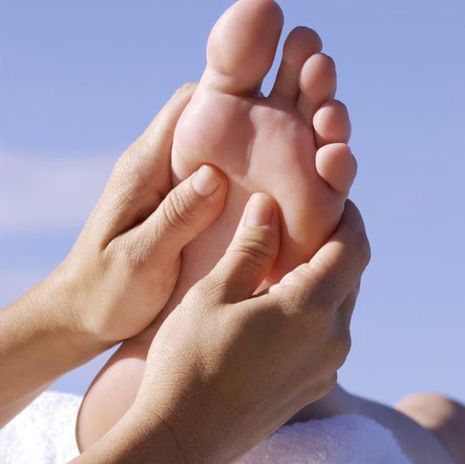Benefits of The PATH
|
Measures and Tracks Health-related Behaviors Within Populations
|
Guidelines for Tailoring and Targeting Health Care Marketing and Advertising
|
|
|
|
Links Compliance & Adherence To Patient Health Adaptive Patterns
|
Identifies Behavioral Drivers of Medical Expenditures
|
|
|
|
Health Behavior Change
|
Doctor-Patient Engagement
|
|
Patterns of Behavior Linked to Disease Risk
|
Demand for Complimentary Alternative Care
|








